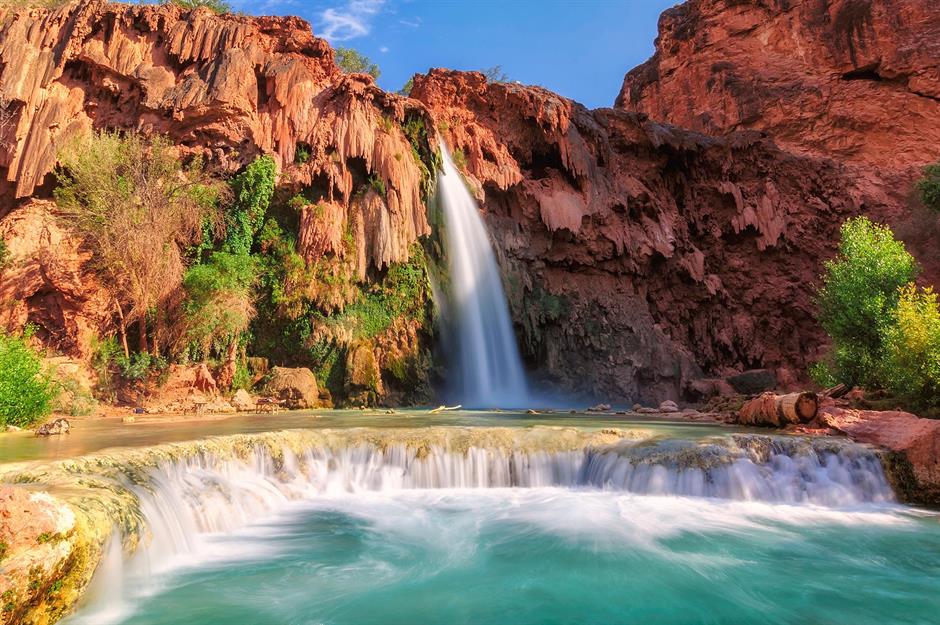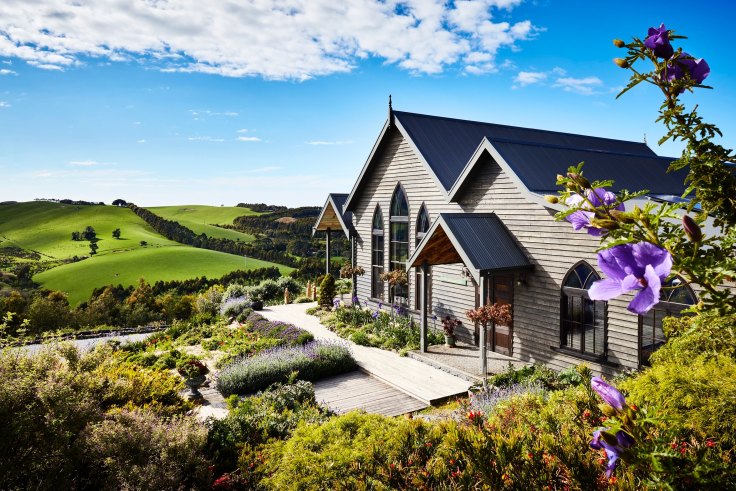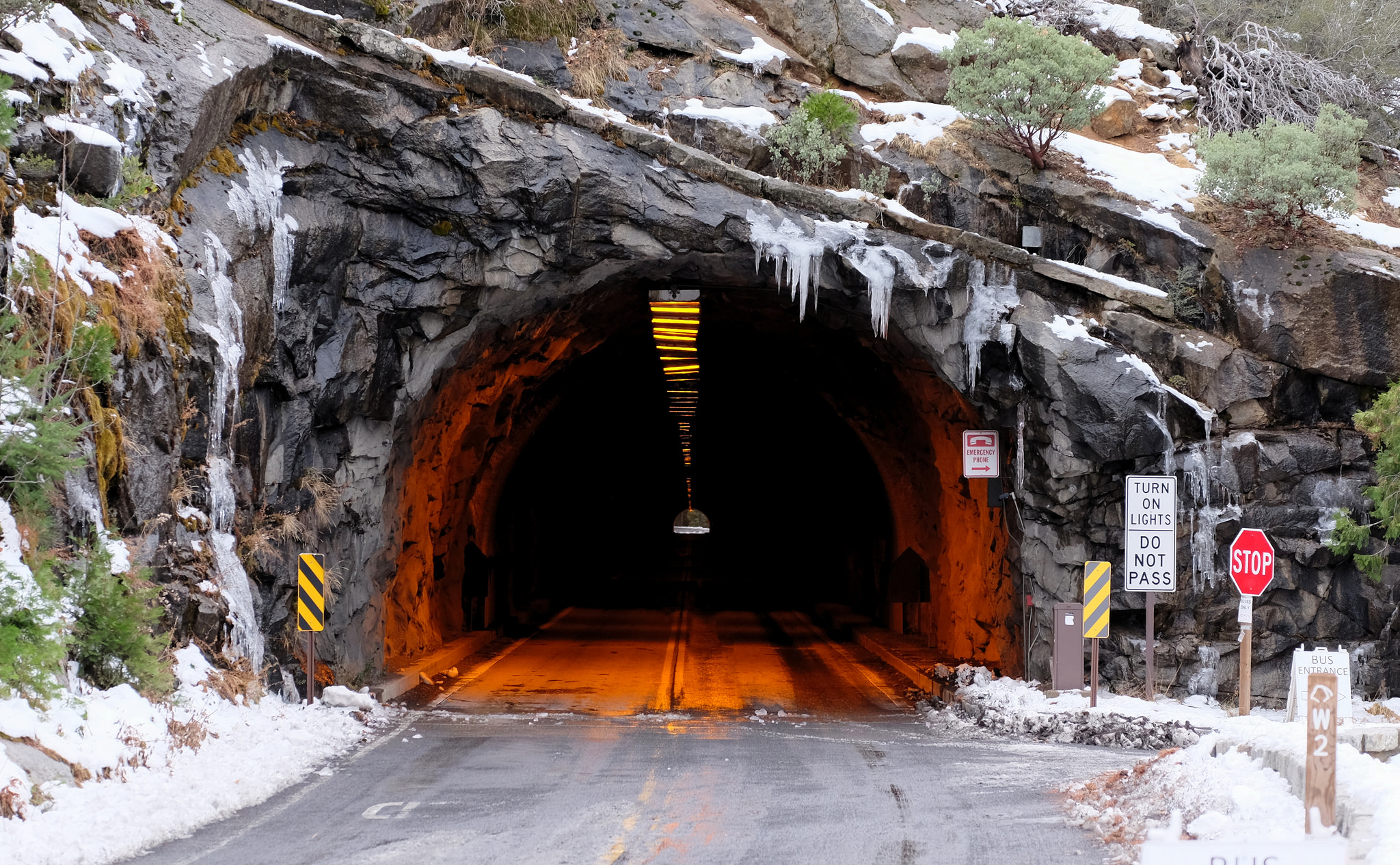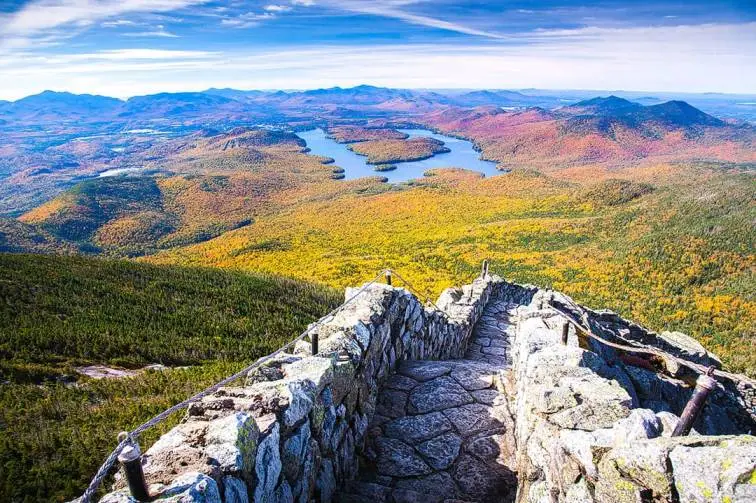Best Time to Visit Hawaii

Hawaii boasts world-class surf, immaculate beaches, tough volcanic terrain, and friendly aloha culture. Choosing the ideal time to visit Hawaii might be challenging with all that has to be seen and done. This book offers specifics on activities and weather in every season, so helping.
Given its one of the most gorgeous locations with one of the mildest temperatures, one may easily believe that the ideal time to visit Hawaii is any time.
Indeed, this is a wonderful vacation spot covered with sunlight and year-round moderate temperatures. The island state does, however, have a unique rainy season and a varied temperature, hence certain months are more appropriate for different places and activities.
We created this guide about the ideal time to visit Hawaii precisely to help you sort this out. For all you need to design your fantasy travel schedule, read on!
When is the best time to visit Hawaii?
Hawaii is best visited any time between late March and late October. These are the hottest months, the calmest sea, and the least likely months for rain.
One obvious exception is if you take surfing very seriously; you might even like to visit Hawaii in the winter, when swells are usually quite bigger.
The optimum month, though, will rely on the island or islands you intend to visit and your preferred use of the time. Conditions vary somewhat from island to island, hence activities vary as well; the optimum time to swim or snorkel isn't often the greatest time to go whale-watching.
Hawaii's Geography: Overview
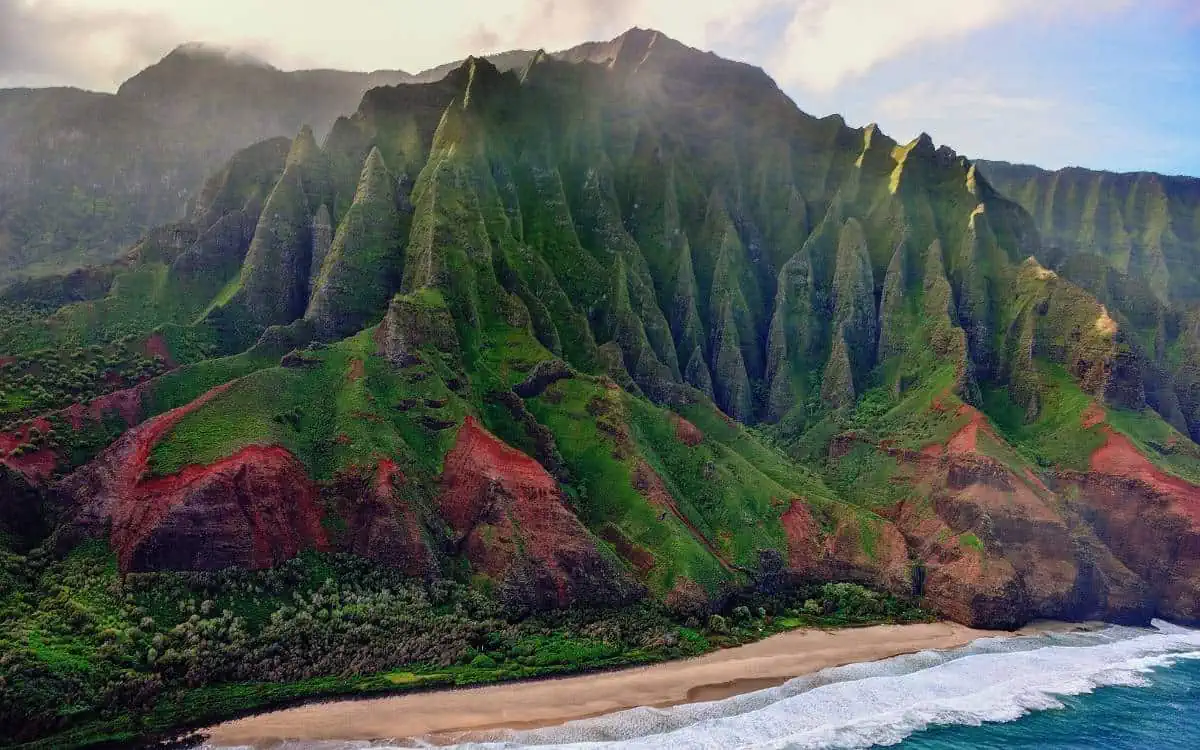
Hawaii lies two thousand miles west of the California coast in the Pacific Ocean. Just seven of its 132 islands—Big Island (Hawaii), Maui, Molokai, Lanai, Oahu, Kauai, and Niihau—are populated.
Beginning around 70 million years ago, the Hawaiian islands constitute the southeast end of a series of volcanoes developing. Their topography is volcanic, filled with verdant jungles and encircled by white and black sand beaches.
With terrain shaped by volcanic valleys, tropical rainforests, dry deserts, and high-altitude alpine areas, each of the islands boasts its own distinct micro-environment.
At sea level vs higher altitudes, temperatures, humidity, and rainfall may sometimes vary significantly.
This clarifies why the ideal time to visit Hawaii is not always unique to every island but rather depends on the several areas inside every one of the island.
Climate in Hawaii
-
Tropical Hawaii's two seasons—summer and winter—are unlike those of other places. Fall and spring, respectively. not in Hawaii!
-
Winter runs from November through April; summer usually falls between May and October.
-
In the summer, the average day temperature is 85°F (29.4°C), which drops to around 75°F (23.9°C) at night.
-
Though winters see somewhat lower temperatures, you are still looking at average daily temperatures of 73.4°F (23°C). In Hawaii, winter also represents the rainy season. Although rain is clearly more prevalent in the winter, the microclimates of the islands mean that you nearly always find a place on each one that stays dry while it rains elsewhere.
-
Hawaii's specific weather patterns are exactly why you shouldn't instantly cancel a vacation during the winter wet season!
Hawaiian Summer
- Let's go over what you should expect from Hawaii's summers, when the islands are usually drier and the temperatures are higher.
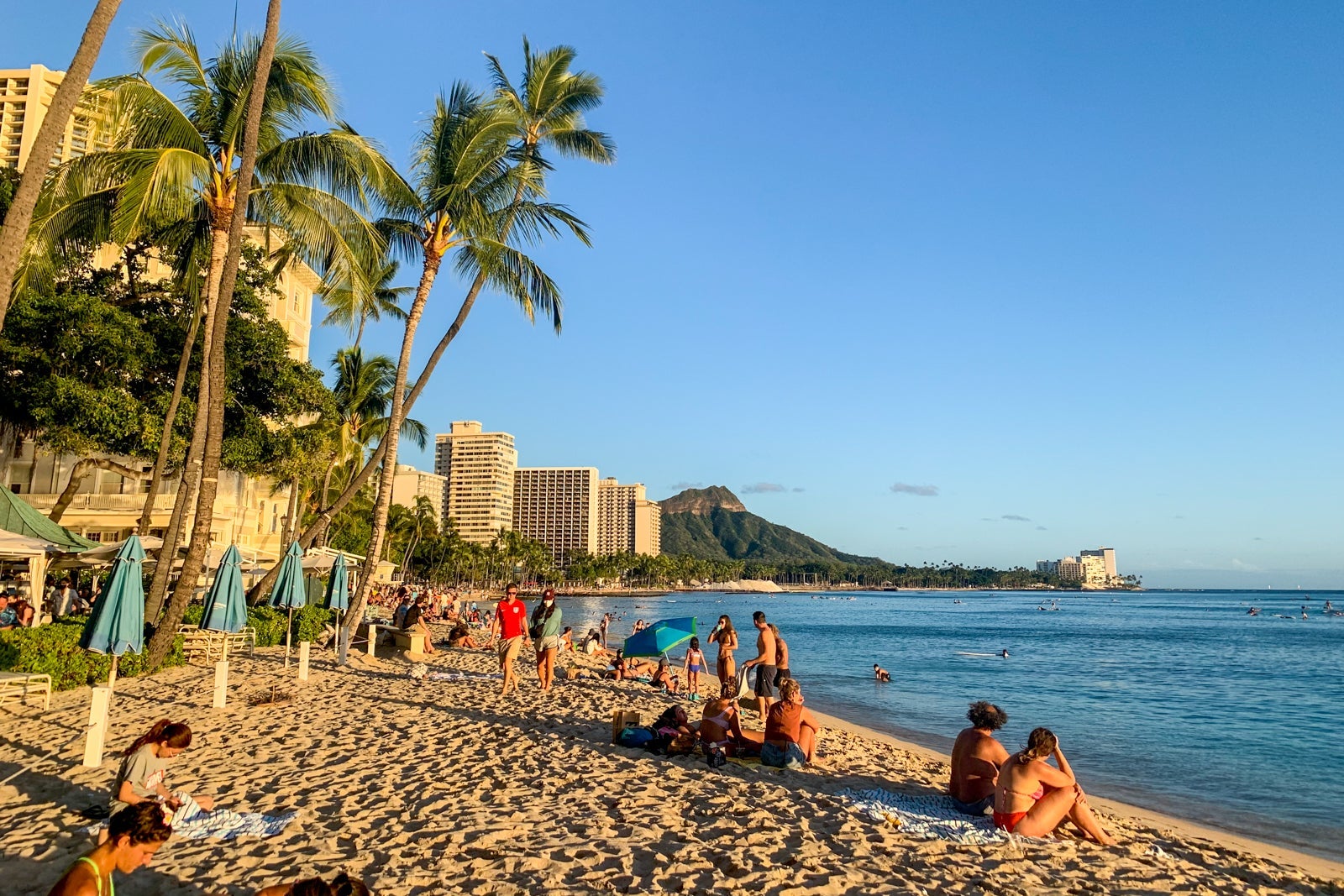
May
-
While the other islands enjoy an average of 82.4°F (28°C), Kauai and Lanai have temperatures between 75-79°F (24-26°C) as Hawaii moves into summer.
-
The islands are relatively peaceful as this is the beginning of the season; few visitors until Memorial Day weekend draws the first wave of summer visitors. Many view this as the ideal time to visit Hawaii, particularly for less expensive lodging and less traffic.
-
Additionally starting in May is the cherished month-long celebration of Hawaiian music and culture, Mele Mei.
June
-
On the Hawaiian islands (including Kauai), June delivers the lowest rainfall; the sun shines and temperatures begin to peak.
-
While the Big Island surpasses 84.2°F (29°C), all islands have an average temperature at least 77°F (25°C).
-
Another great time to see Hawaii free from the tourists is early June. Remember that hotels start to book out and mid-month schools close across North America.
July
-
July brings a flood of visitors from all across the globe. Every island has long, bright days and temperatures between 82 and 86°F (28-30°C).
-
Maui and Oahu are both in full swing; popular beaches are packed with families, restaurants and clubs bringing in throngs after dark.
-
Should you not want crowds and more expenses and not be limited by school vacation plans, you could choose to bypass Hawaii in July.
August
-
August, after July, is the height of Hawaii travel. This is the ideal time of year to visit the many celebrations spread around the islands and hit the beach. Every island has family-friendly carnivals including rides, games, and food stands during end of summer.
-
Aim for late August if you want to avoid packed beaches; things tend to slow down near the end of the month.
September
-
September is a favorite candidate for the best time to visit Hawaii when crowds reduce but temperatures remain high.
-
This is a great time to snorkel and dive as underwater visibility is especially strong this time of year. September still keeps on as a great season for celebrations, especially Oahu's Aloha Festivals.
Early Autumn
-
October heralds the end of summer, and when rain spreads over the islands, visitation declines dramatically.
-
Although you are still looking at temperatures in the 80s (Fahrenheit, 20s Celsius), accommodation and rental vehicle rates fall and there is more risk of storms. October also marks gastronomic and musical celebrations abound on every island. You may also read this: Fun Activities in Peru's Arequipa
Ideal Summer Vacation Destinations In Hawaii
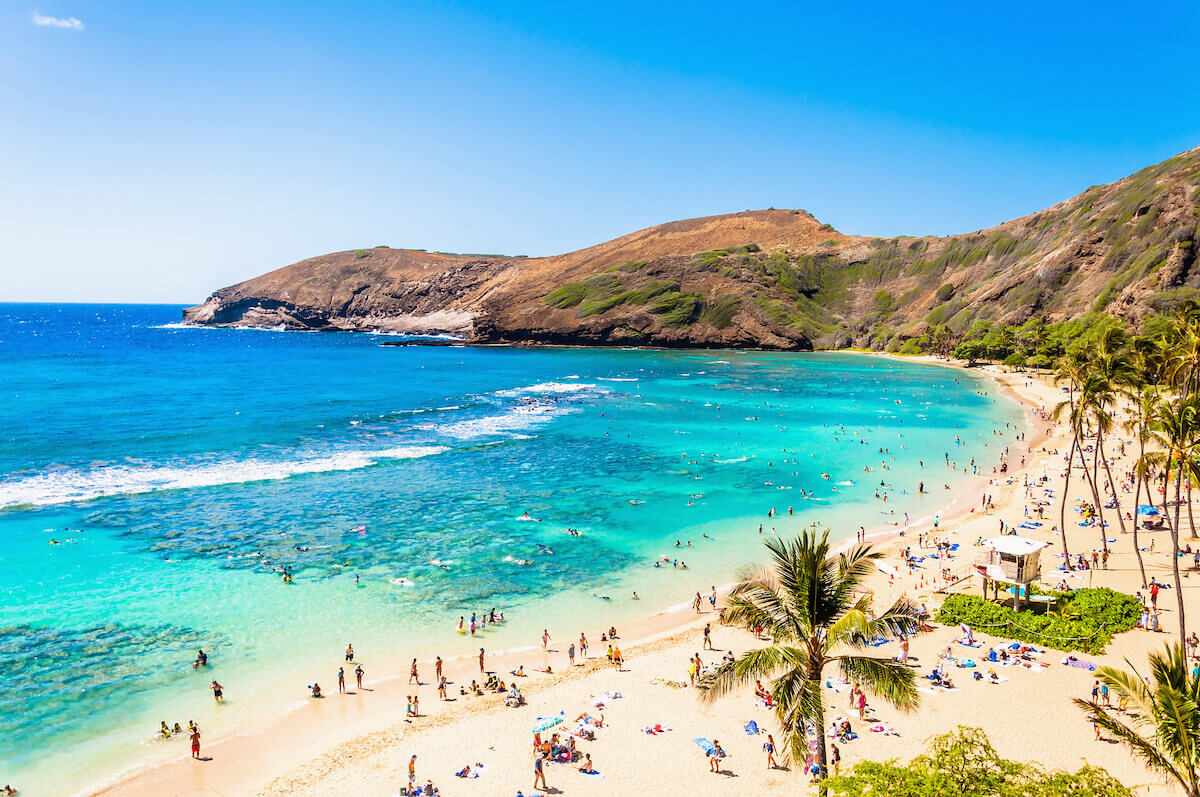
-
Oahu: Renowned Waikiki Beach and the yearly Aloha Festivals, an exciting approach to really experience Hawaiian culture, call this surf-centric island home.
-
Kauai: Explore the Garden Isle especially by snorkelling or trekking at Kōkeʻe State Park. Take advantage of drier weather.
-
Summer is the finest season to visit Hawaii Volcanoes National Park, home to two of the most active volcanoes in the world: Kīlauea and Mauna Loa.
-
Kealakekua Bay State Historical Park is a seashore Big Island park including kayaking, swimming, snorkelling and hiking.
-
Maui: Take in festival season and some of Hawaii's top snorkelling sites.
-
Old military installations along family-friendly hiking paths provide breathtaking views from the crater rim.
Greatest Activities For Summer In Hawaii
-
diving on scuba with whale sharks. From late March to late July, there are best chances of witnessing the gentle giants.
-
Snorkeling. September is the optimum time for visibility, and the southern coast of the islands provides perfect snorking conditions. There are gear rentals almost everywhere on beaches.
-
Trailking. Summer is the ideal season to visit Hawaii for any form of trekking given decreased likelihood of rain.
-
surfing with winds. Oahu gets the finest wind from June through August; Maui's season spans from March to October.
-
The path to Hana. Any time of year, you may enjoy Maui's well-known picturesque drive; yet, in the summer you will gain from more hours of sunlight and less possibility of rain.
-
Travel Bon Season. Between June and Labor Day is this run of Buddhist folk dance events.
-
Take part at a festival. Among the Hawaii International Film Festival, the Hawaii Food and Wine Festival, and the Kauai Chocolate and Coffee Festival, choose one.


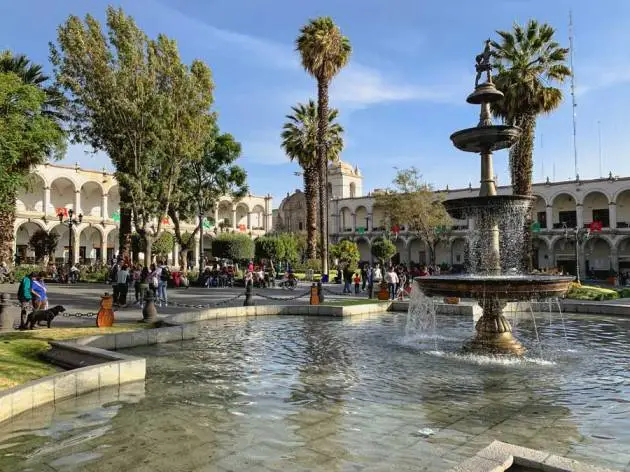
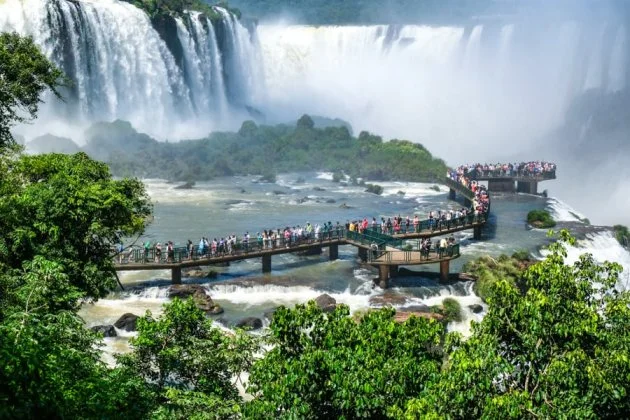

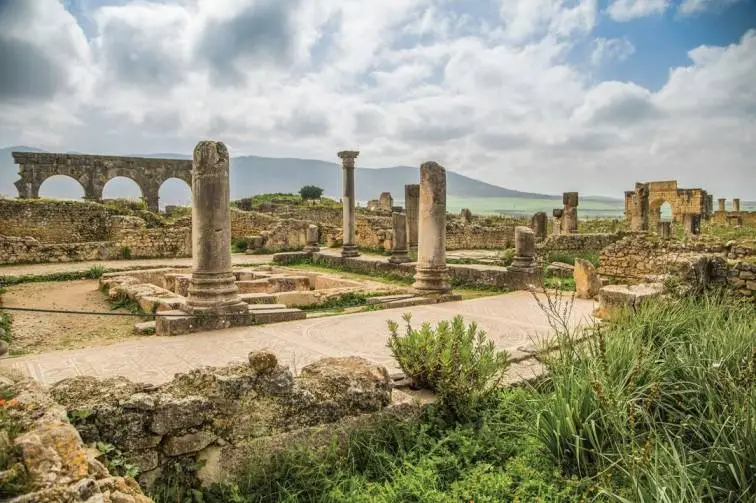
.webp)

